IN CHOCOLATE WE TRUST
CONTEMPORARY ETHNOGRAPHY
Kirin Narayan and Alma Gottlieb, Series Editors
A complete list of books in the series is available from the publisher.

IN CHOCOLATE WE TRUST

THE HERSHEY COMPANY TOWN UNWRAPPED
PETER KURIE

Copyright 2018 University of Pennsylvania Press
All rights reserved. Except for brief quotations used for purposes of review or scholarly citation, none of this book may be reproduced in any form by any means without written permission from the publisher.
Published by
University of Pennsylvania Press
Philadelphia, Pennsylvania 19104-4112
www.upenn.edu/pennpress
Printed in the United States of America on acid-free paper
2 4 6 8 10 9 7 5 3 1
Library of Congress Cataloging-in-Publication Data
Names: Kurie, Peter, author.
Title: In chocolate we trust : the Hershey company town unwrapped / Peter Kurie.
Other titles: Contemporary ethnography.
Description: 1st edition. | Philadelphia : University of Pennsylvania Press, [2018] | Series: Contemporary ethnography
Identifiers: LCCN 2017036446 | ISBN 978-0-8122-4987-3 (hardcover : alk. paper)
Subjects: LCSH: Hershey (Pa.)Economic conditions. | Hershey (Pa.)Social conditions. | Milton Hershey School Trust. | Hershey Trust Company. | Milton Hershey School (Hershey, Pa.) | Company townsPennsylvaniaHershey. | Trusts and trusteesPennsylvaniaHershey. | Hershey, Milton Snavely, 18571945Estate.
Classification: LCC HC108.H47 K87 2018 | DDC 371.9309748/18dc23
LC record available at https://lccn.loc.gov/2017036446
Hersheys is the currency of affection.
Its the childhood symbol of love.
Ad man Don Draper,
pitching to Hershey Company executives
in Mad Men (2013)
THE HERSHEYS MILK CHOCOLATE BAR is an iconic American consumer good. The product210 calories per serving, made mostly from sugar and milksatisfies the common craving for low-cost, ready-to-eat, sweet foodstuff. But the brand name Hersheys goes beyond the product itself and appeals to consumers through symbols, values, and cultural heritage. After more than one hundred years in the marketplace, Hersheys is deeply embedded in the memories and imaginations of generations of modern consumers in the United States and across borders.
The brand was founded by Milton Snavely Hershey (18571945), the Gilded Age entrepreneur who built a chocolate company and model industrial community in the farmlands of central Pennsylvania and who, for want of an heir, entrusted his multimillion-dollar candy fortune to American orphans. Since his death, the Hershey Company has expanded the brand and repackaged the founders life story and legacy for markets in North America and beyond. I have been closely following the afterlife of Milton Hershey since 2010 when I began a year of research in Hershey, Pennsylvaniaheadquarters of the Hershey Company, home of the Milton Hershey School (formerly the Hershey Industrial School for orphans), and site of the popular amusement park Hersheypark, among other regional attractions.
Inside the chocolate company, the story of the founder is carefully managed and curated to sell merchandise. But the story assumes a life of its own on the bucolic streets outside, where town residents, chocolate company employees, students and alumni of Milton Hershey School, and leisure-seeking tourists live and circulate among each other. In present-day Hersheya predominantly white, working-class, rural-suburban community of 25,000, one hundred miles west of Philadelphiathe story of the founder and the significance of his legacy is more than a commercial concern: it is an existential matter, implicating livelihoods and lifeways.
The Hershey story has been written numerous times by biographers and historians. But something about the narrativeits moral qualitieseludes conventions of history, biography, or for that matter, marketing and advertising. Its subject is a poor, unschooled, Mennonite farm boy who, after failing in multiple business ventures, succeeds through a combination of genius and grit, and then pays forward his fortune to children in need. Though it intersects with the Horatio Alger rags-to-riches legend, this is not a story about striking it rich. It is, rather, about the making of the entrepreneur-philanthropista hero figure of our time.
The interpretation of the story lends itself to ideologies on both left and right, yet the tale as popularly told is not ideological. Milton Hershey was a dyed-in-the-wool capitalist, to be sure, but he was also a communitarian. Whether he made money in order to serve community, or served community in order to make money, is impossible to resolve. For those who know the narrative well, it is beside the point. Hersheys was an impure, offbeat capitalism. The contrary impulses and blended motivations of the man and his various enterprises make the story credible, entertaining, and, perhaps, enlightening.
Until the Hershey chocolate company came along in 1894, edible chocolate was a specialty item off-limits to working classes because of its price. Through a processing innovation that allowed for mass production and distribution, the company made this luxury accessible to anyone who could afford five cents. Most manufacturing took place inside the model industrial town of Hershey, established in 1906, which offered relatively high standards of living and generous benefits to workers and their families. American consumers embraced the harmony of a good product made in a good way.
With a long shelf life and a tangy, sour taste, the Hershey bar became an American staple. When G.I.s went to battle in World War II, they took the bar with them to give away to children in war zones. The bar democratized the pleasure and enjoyment of chocolate and, in the process, helped export the culture of American consumerism to the world. It also ushered in a global market for cocoa beans.
Milton Hersheys major philanthropic endeavoran orphanage established in Hershey in 1909is the least well-known chapter in the story. The founder and his wife, Catherine Sweeney Hershey (18721915), evidently could not conceive children of their own. As a substitute, they deeded most of their local land holdings to a trust fund that supported the housing and education of orphans in perpetuitythat is, forever. In 1918, following Catherines early death (perhaps because of complications from syphilis [DAntonio 2007]), Milton Hershey donated to the trust fund his full stake in the Hershey chocolate company, valued at $60 million. In 1945, one year after retiring as chairman of the board of trustees, he died. That is the start of the story.
At present, the Milton Hershey School educates and houses, year-round and free of cost, upward of two thousand children who lack adequate support from parents or caregivers. Thanks to its enduring stake in the successful Hershey Company, the Milton Hershey School Trust has grown in value to an estimated $12 billiona remarkable sum for a former orphanage in an unassuming part of the country and, it turns out, a persistent source of local and national intrigue.
TRUST MATTERS
Hersheys entrepreneurial and philanthropic enterprises are contemporary with the great Gilded Age corporations and foundations established by Rockefeller, Ford, Carnegie, and others; and they may be regarded as antecedents to present-day endeavors by the likes of Gates, Buffett, and Zuckerberg. The legacy of these enterprises takes on new significance in our Second Gilded Age, in which inequality reaches degrees not gauged since the turn of the twentieth century, in which business corporations are popularly regarded as a primary engine of that inequality, and in which successful entrepreneurs increasingly devote themselves to philanthropic pursuits.


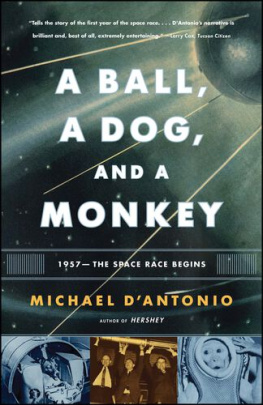

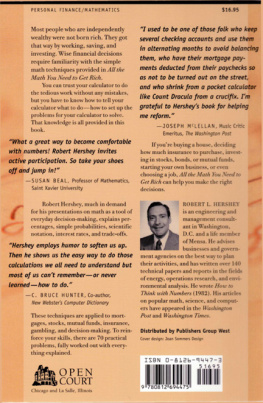
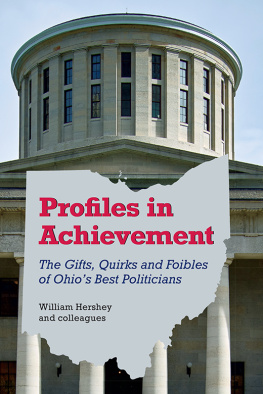
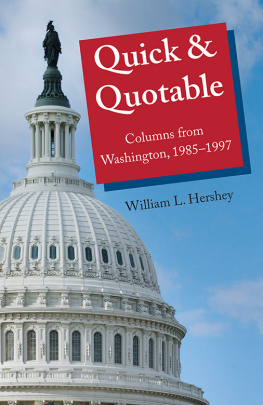

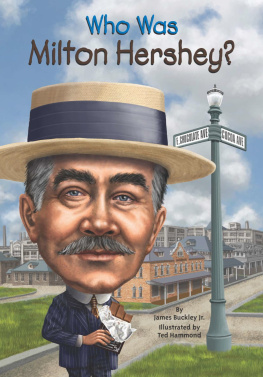
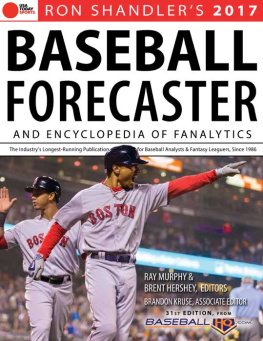
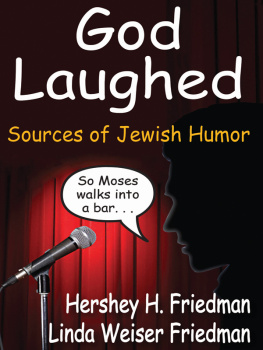
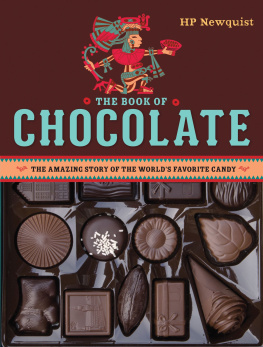

 IN CHOCOLATE WE TRUST
IN CHOCOLATE WE TRUST 

